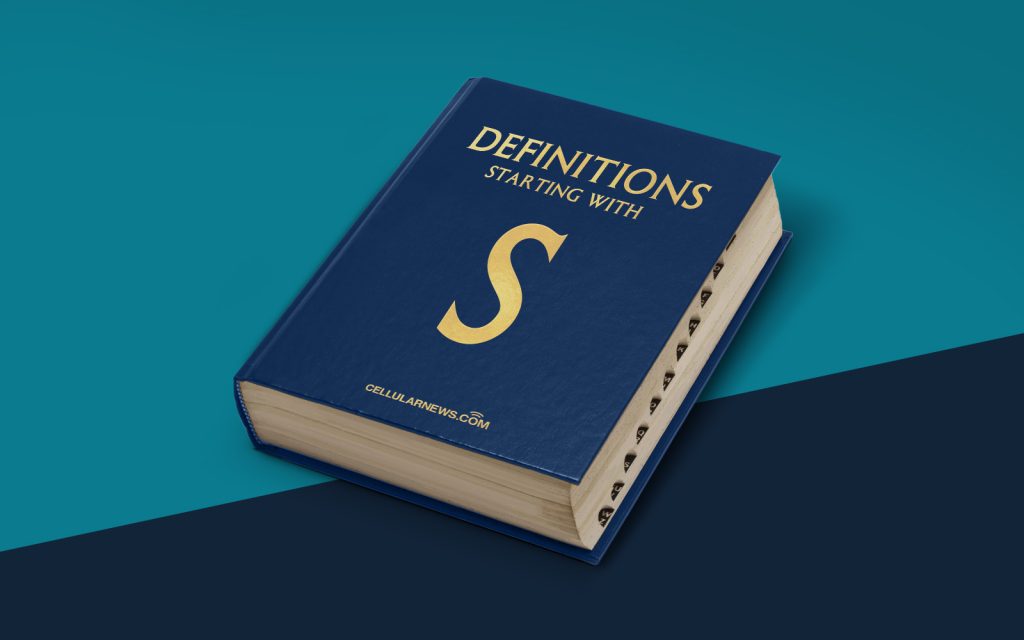
Surface Modeling: Unleashing the Power of Creativity and Precision
Have you ever wondered how stunning, three-dimensional design models are created in the world of engineering and design? Well, wonder no more! Welcome to the world of surface modeling – an indispensable technique that revolutionizes the way we conceptualize and develop products.
Key Takeaways
- Surface modeling is a technique used in engineering and design to create three-dimensional models of products.
- It allows engineers and designers to blend aesthetic appeal with accuracy and precision.
Surface modeling is like sculpting in the digital realm. It involves creating smooth and defined surfaces that can be manipulated, refined, and transformed to visualize products in intricate detail. By using surface modeling techniques, engineers and designers can bring their concepts to life, ensuring precision, functionality, and aesthetic appeal.
Let’s take a closer look at what surface modeling is all about:
1. Precision Engineering at its Finest
Surface modeling is all about achieving precision in product design. It enables engineers and designers to create complex, curved surfaces that capture every minute detail of a product. By using mathematical equations and algorithms, surface modeling software generates smooth and organic shapes that reflect the desired design intent.
With surface modeling, you can:
- Create complex geometries: Surface modeling allows you to design and manipulate complex, non-linear shapes that are difficult to achieve using traditional methods.
- Refine product aesthetics: By precisely controlling the curvature and continuity of surfaces, you can create products that are visually appealing and ergonomic.
- Assess manufacturability: Surface modeling enables engineers to analyze how the design will be manufactured by simulating various manufacturing processes.
- Enhance collaboration: Surface models can be easily shared and modified, fostering effective communication and collaboration among designers, engineers, and stakeholders.
2. The Art of Visualizing Products
Surface modeling is not just about precision engineering; it is also an art form. It allows designers to transform their ideas into visual representations that communicate the essence of a product. By creating highly realistic surface models, designers can captivate their audience and get a clear sense of how the final product will look and feel.
Here are some ways surface modeling brings products to life:
- Realistic rendering: Surface modeling software can simulate materials, textures, and lighting conditions to create highly realistic renderings that showcase the product’s visual impact.
- Virtual prototyping: Surface models can be tested virtually to evaluate functionality, ergonomics, and overall product performance before investing in physical prototypes.
- Animation and visualization: Surface modeling enables designers to create dynamic and interactive visualizations, allowing stakeholders to experience the product in action.
In conclusion, surface modeling is an essential technique in the fields of engineering and design. It combines the precision of mathematics with the creativity of art to create stunning and functional products that push the boundaries of innovation. So, the next time you come across a beautifully designed product, remember that surface modeling played a significant role in bringing it to life.
